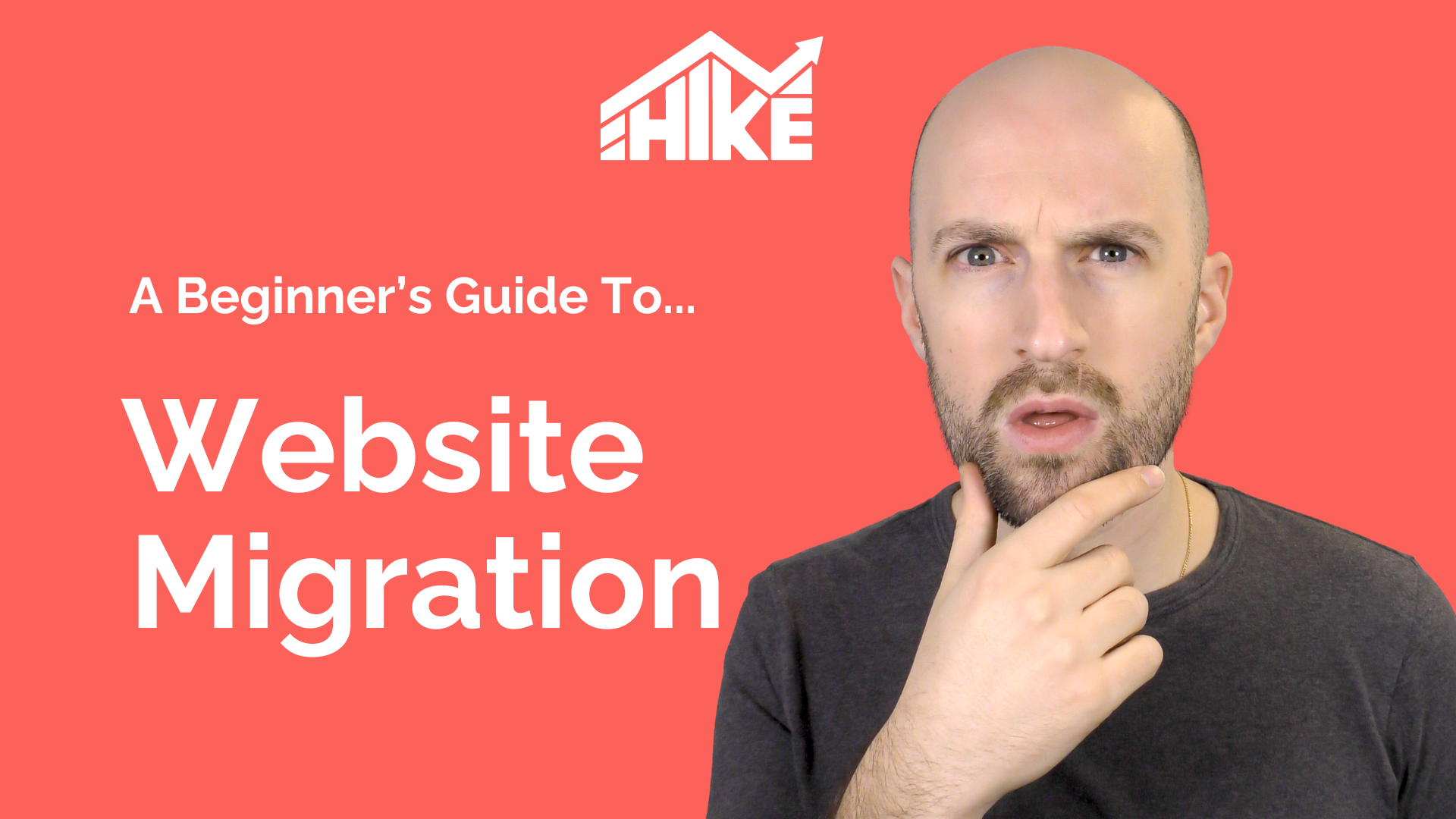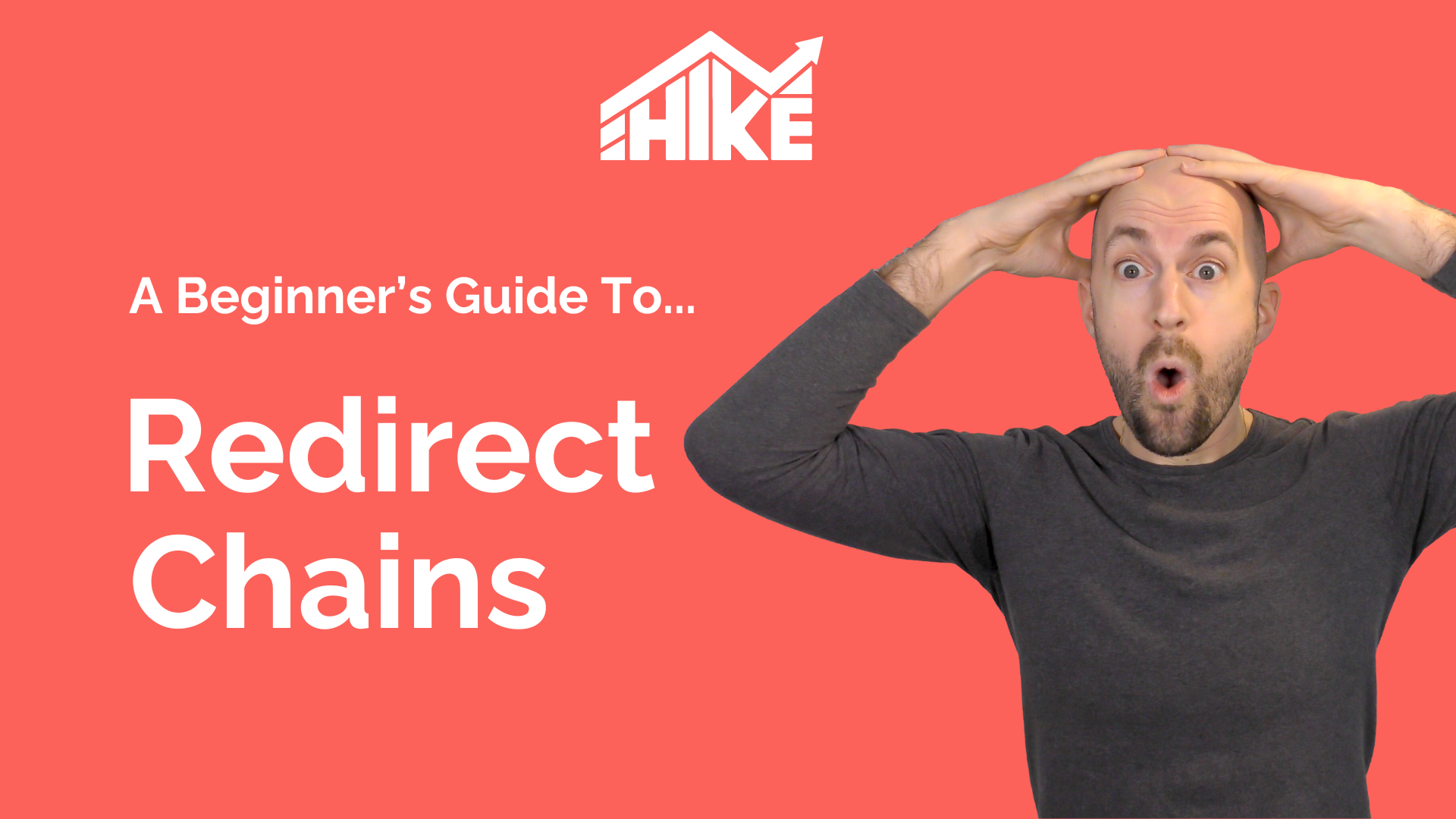Hey there 👋 Andy here, I’m one of Hike’s founders.
Kieran and I recorded a video over on our Facebook group and YouTube channel detailing our best SEO tips for beginners in e-commerce.
You can find the video below, along with the transcript of what we discussed.
Transcript
This week we’re going to be focusing on something a little bit different. So back in March 2019, there was a leak at Google…. which was great for us!
Although the leak wasn’t focused on SEO precisely, it offered us great insights surrounding user experience and how to make your e-commerce websites as effective as possible. We thought it linked quite nicely with the videos that we ran through previously with e-commerce. So we thought we’d carry on the trend of e-commerce over to this week, offering you guidance about the leak and how they impact SEO as well.
One thing to mention is that a lot of what Google suggests as best practices for an e-commerce site could be applied elsewhere—whether it’s focussed on an e-commerce or even a local business website. Some things will always come in handy. These evergreen SEO secrets will be sure to help with your conversion rate.
So we’ve broken Google’s recommendations down into three key sections: the homepage and the website as a whole, category pages and product pages. This will enable you to analyse each of these pages on your website and apply the learnings where applicable.
So we’ll start with the homepage. One of the key things that Google mentioned was the importance of having a hamburger menu – a consolidated menu. A consolidated menu is when the menu doesn’t display the entire product listing because it doesn’t fit. It is also from a mobile-first point of view. It is important to note that all of these recommendations are mobile-first and avoid focusing on desktop at all. So you should do the same!
The next thing Google mentioned was the use of a store locater. They said the best websites, especially those that had a physical store presence, were ones that have a map listing or something that takes users to their store location. This is so important for your local SEO rankings too!
The use of a search box on your website is quite significant too. From an SEO point of view, we need to make sure that we don’t index search result pages as they may not add any value from a user perspective. If someone is looking for a specific product type, like T-shirts, it would be better to send them to the category page. Here, you can provide content and a call to action rather than sending them to a webpage with products that might not suit what they are searching for in their quest.
This is specifically from the search results pages perspective rather than the website itself. We don’t want Google to index your search results because it is duplicate content, and again, we don’t like to send people straight from Google into a search results page because they’re not highly converting pages. Google also doesn’t want these to appear on the search engine results pages either. So if your website has search results, we strongly advise you to know the index for all of those.
Google also favours static carousels. Many people tend to have carousels on their e-commerce sites to show a range of different products. It is crucial to make the carousels static so the user can then scroll through all of the photos in their own given time.
Category screens can help you keep your website organised. As Google advised, especially if you’re a high inventory site, make sure to have links to the main categories on your homepage above the fog. This tip is great for mobile users, and it will create more backlinks from the homepage into the respective categories as well. Not only is this great for your website’s SEO but also its organisation in general!
The final tip for optimising your homepage is to be cautious when using interstitials. An interstitial is a fancy word for a pop-up – something that overlays the webpage. For example, when you first visit a website, you might get an interstitial saying, “Sign up for our newsletter” or “Download our app”. Since Google’s recent update, if a website has an interstitial that takes up the entire page, they’ll get penalised from an SEO point of view. So we advise if you do have an interstitial, have it small at the bottom. Or a little cheat around this is to make sure it loads after about five seconds. Within this time, Google would have already crawled your page, meaning it wouldn’t notice it.
In this next section, we will cover the use of category pages. So an important thing to cover regarding the category pages is this value proposition. Value proposition serves the purpose of influencing customers to proceed to the purchase. For example, offers such as free delivery, free promo codes and customer discounts. As consumers begin to add products to their basket, their conscience may start to kick in, which makes them question, “Do I really need this?” If your website offers an additional value proposition, the chances of converting that prospect into a customer are heightened. Essentially, you would want to add the value proposition as high as possible on the page.
The following SEO recommendation is to enable your users to change the number of products displayed on a page and offer them the ability to filter products by different options, e.g. size, colour and price low to high. This feature is widespread on e-commerce sites. From an SEO point of view, we suggest your website utilises a method called Ajax filtering. This means that if users change the filter on a category page, it won’t then upload the URL of the page, and if it does update the URL, then things like canonical links, back to the group category, is going to have the best impact from an SEO point of view.
Next, we will cover pagination. Whilst Google didn’t mention this themselves; we thought it was too important to be missed. Essentially, if you have a category page where you’ve got so many products that it will cover more than one page, you want Google to be able to go through all of the pages and index them. This will allow them to show them up on the search results pages to your customers. You want to make sure that Google can see and understand that paginated series of pages. There’s something you can utilise called Rel Next or Rel Previous. It’s a little bit of code that goes into the head of the page, and it tells Google, “This is page one of a paginated series. Here’s page two. Here’s page three.” The user doesn’t see that paginated code, but Google does. Therefore, it will help your search results. Previously, people often used no-index tags on page two, page three, page four, page five for example. This was a terrible idea. If that product isn’t linked to anywhere else and only on page two, Google can’t see that product.
Next is product pages. As with category pages, you should use your value propositions right at the top of these pages. It would be best if you then looked at other sections like the product information and product pricing.
From a Google UX and SEO point of view, product information and price doesn’t have a massive impact. However, ensure the product titles include the target keywords and ensure you’ve got schema on the page around price, availability, product images, images, etc. Schema allows Google to understand your products more, enabling them to show that product in more related searches based on what people are looking for.
Google also made recommendations surrounding the use of product reviews. Interestingly, they suggested if you have a high number of products on your website, the use of reviews is very important. Not only are reviews critical from a conversion rate point of view, but they offer Google fresh content for your product pages. Reviews also offer long-tail keyword opportunities, as your users may mention specific keywords that you wouldn’t even think of. This is visible to Google and, therefore, can positively impact your rankings.
It is important that you also ensure your reviews are indexable, so they’re visible to Google. Some of the more popular review platforms you might wish to use are Feefo and Trustpilot. There are multiple ways to implement customer reviews on your page, but be sure to avoid them being ‘eye framed’ into the page. Eye framed means that the content is being pulled from elsewhere, so it won’t be associated with your page. This means Google won’t be able to see it correctly. Thus, we recommend you either hard code the reviews onto your page or pull them through via JavaScript, which many of those review platforms do. This is an easy and efficient way of implementation.
Our final recommendation is around your product descriptions. Firstly, as obvious as it made seem, ensure they are readable. This is very significant as they act as a sales tool for your company. From an SEO point of view, we also suggest you make sure that each product has a unique copy on every single page, aiming for at least 30 to 50 words for each product. Whilst this may be a struggle if you have thousands of products on your site, the benefits are huge!



